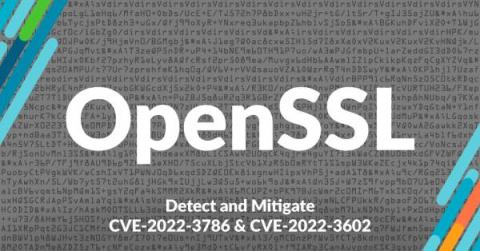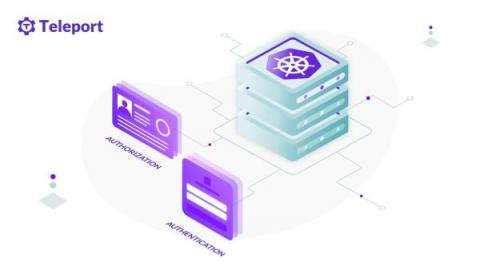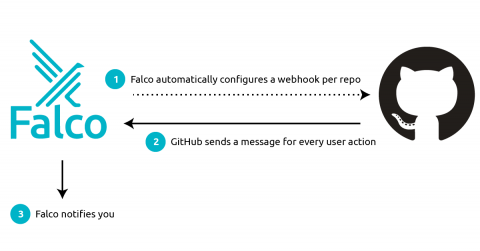Securing AWS S3 Buckets with OPA and Object Lambda
TL;DR: AWS Object Lamba can authorize requests to S3. We can create an Object Lambda that calls Open Policy Agent (OPA) to get a policy decision. This delegation allows us to implement policies using Rego and manage them in Styra Declarative Authorization Service (DAS).











